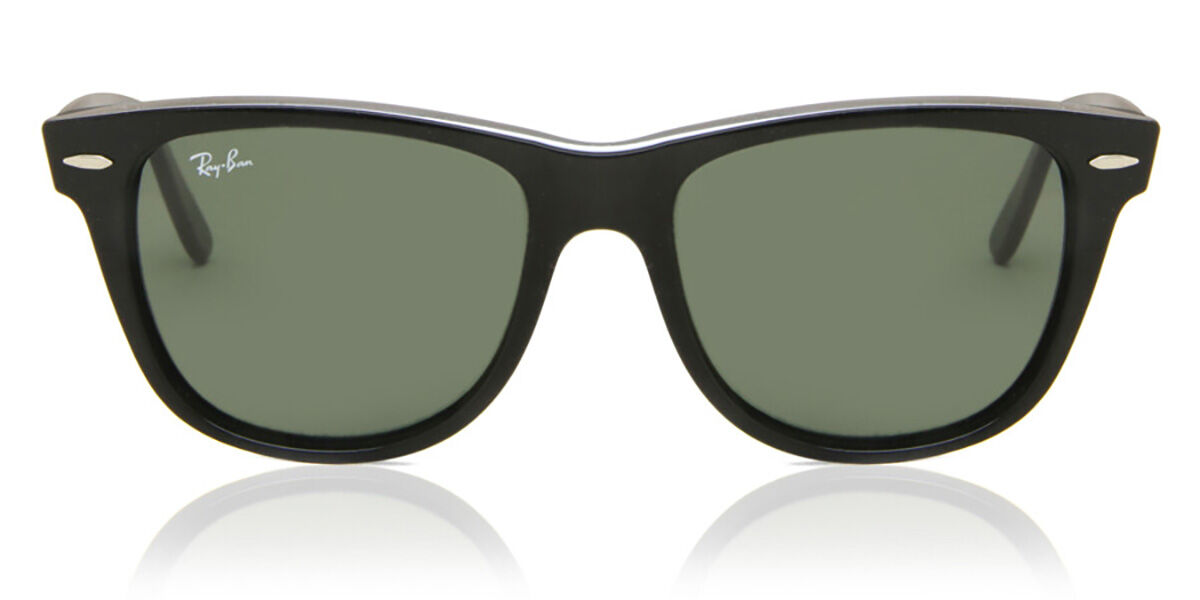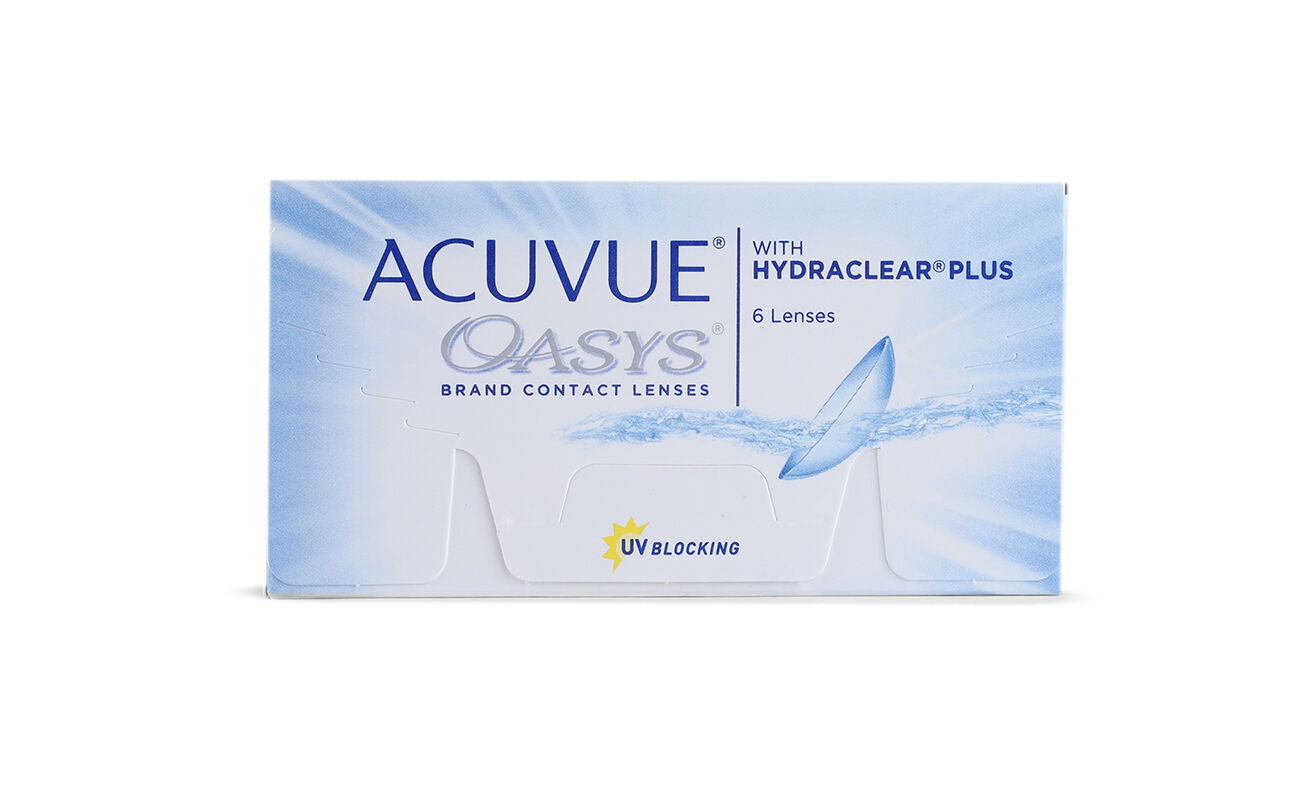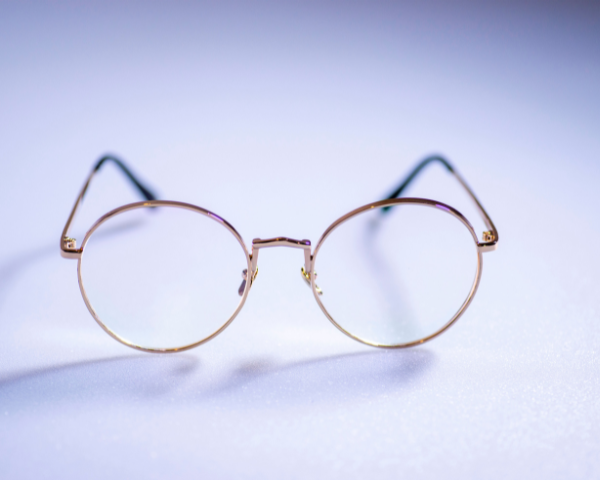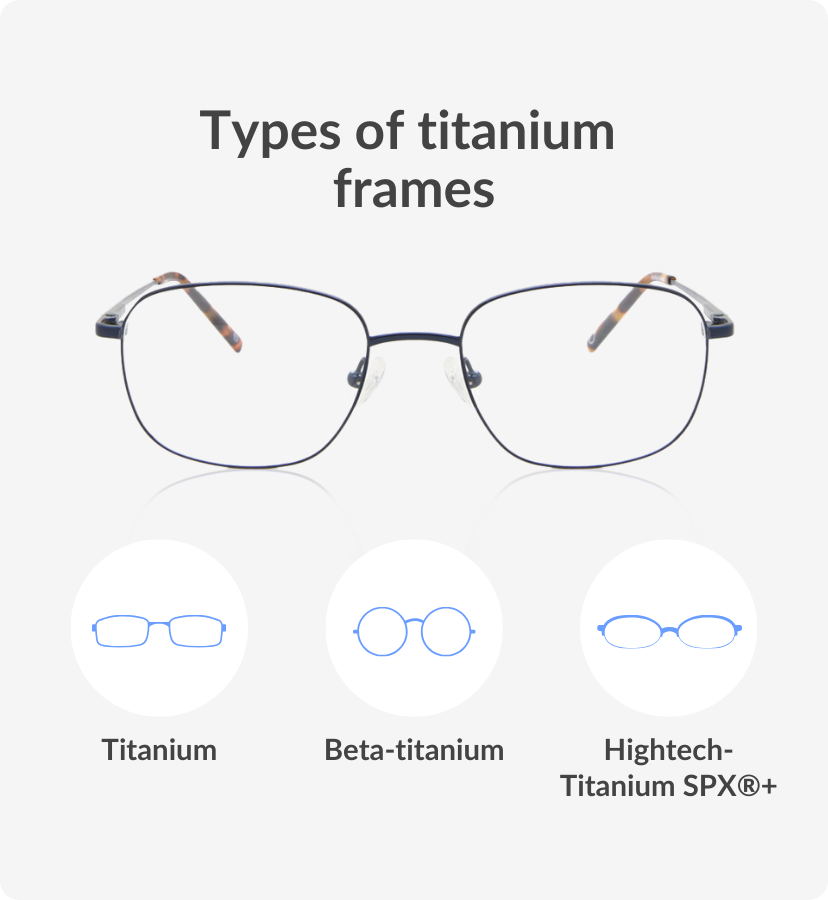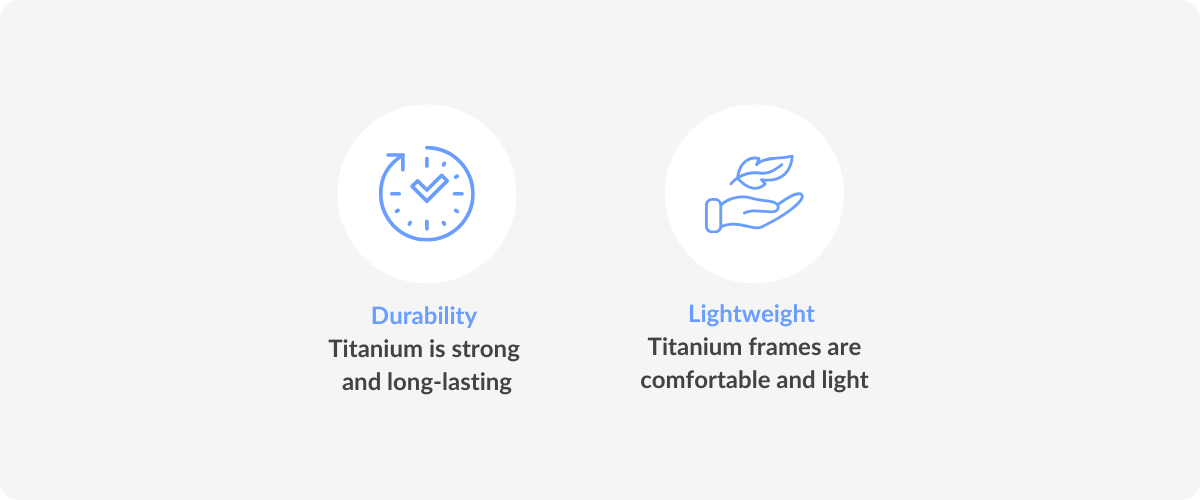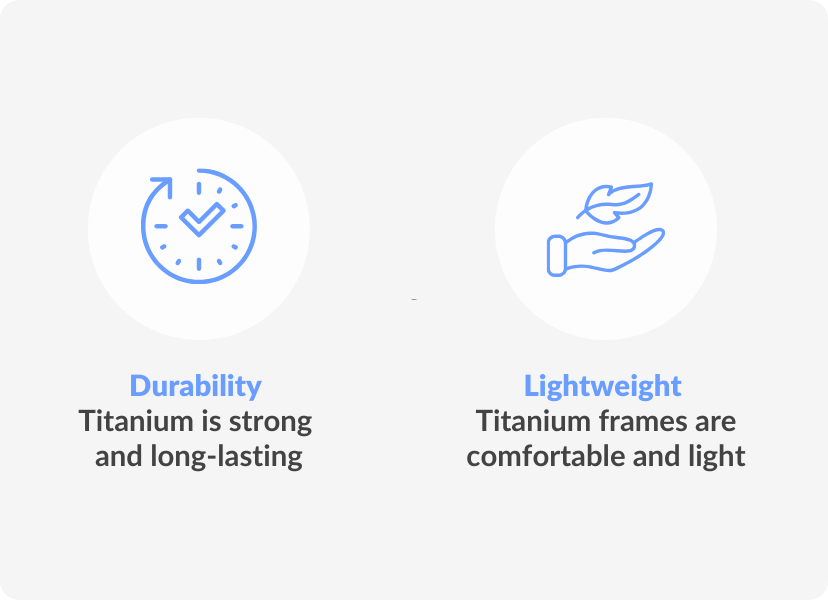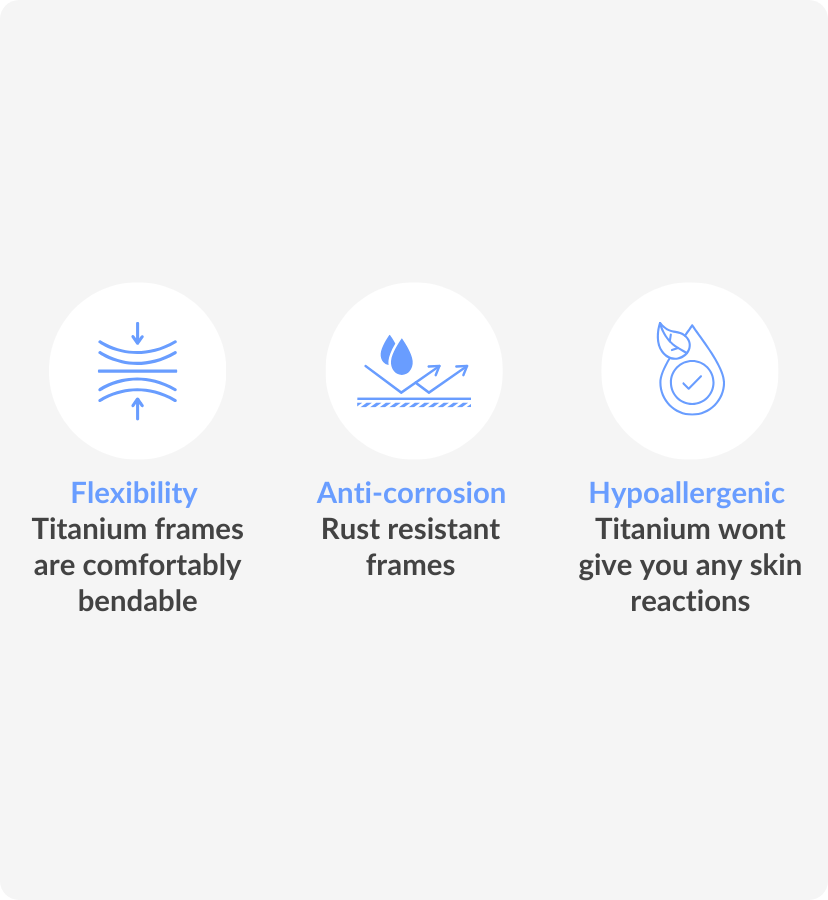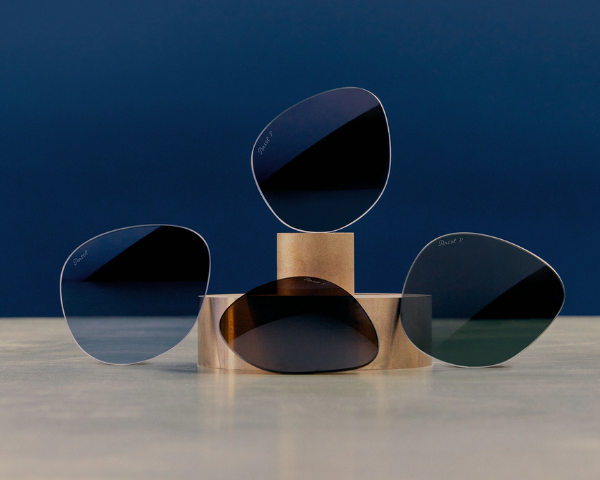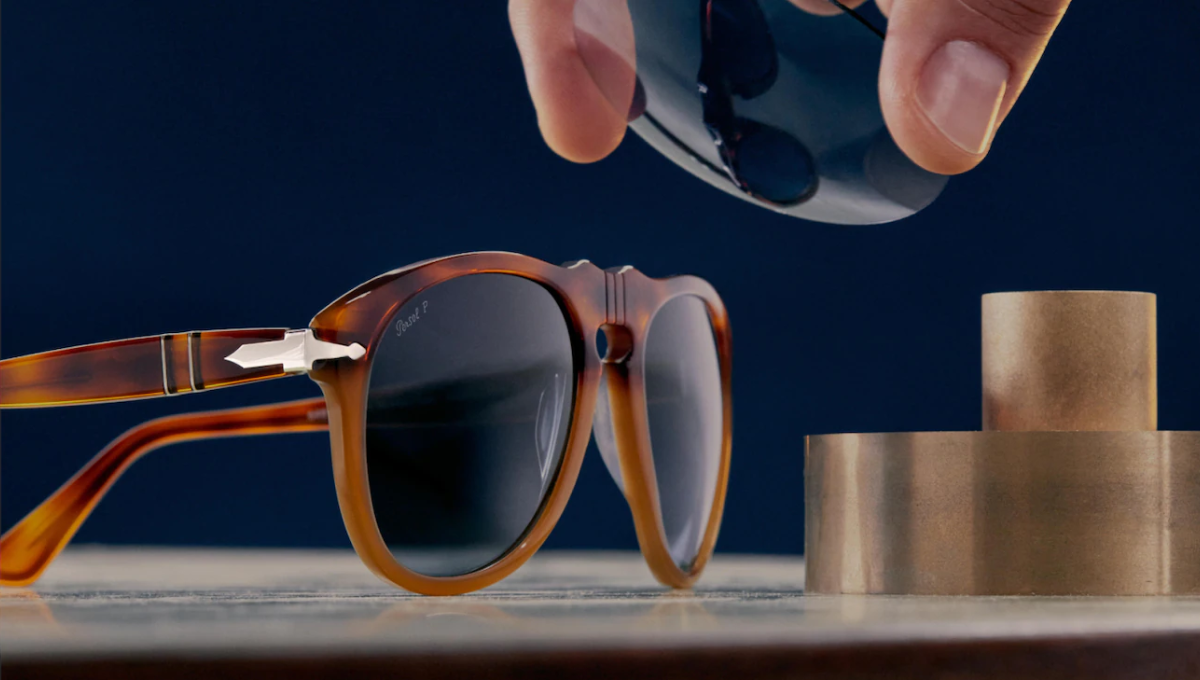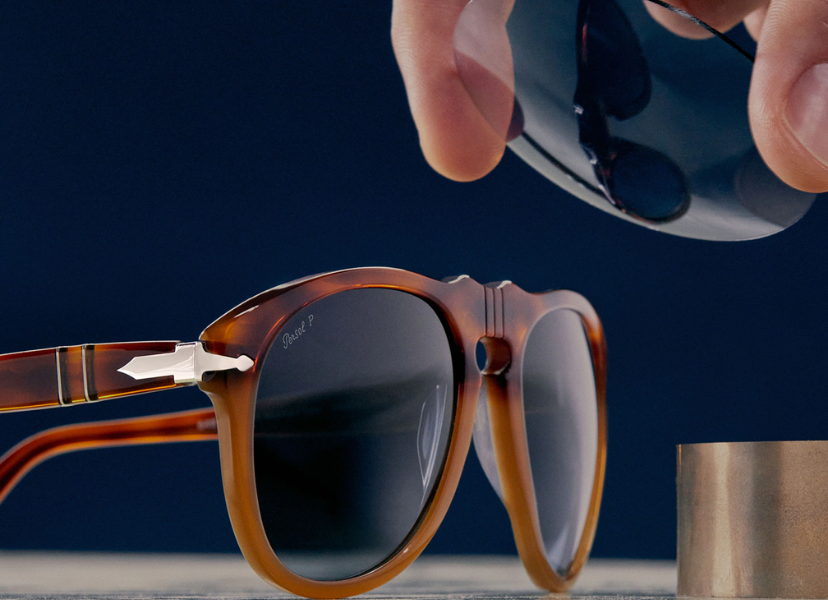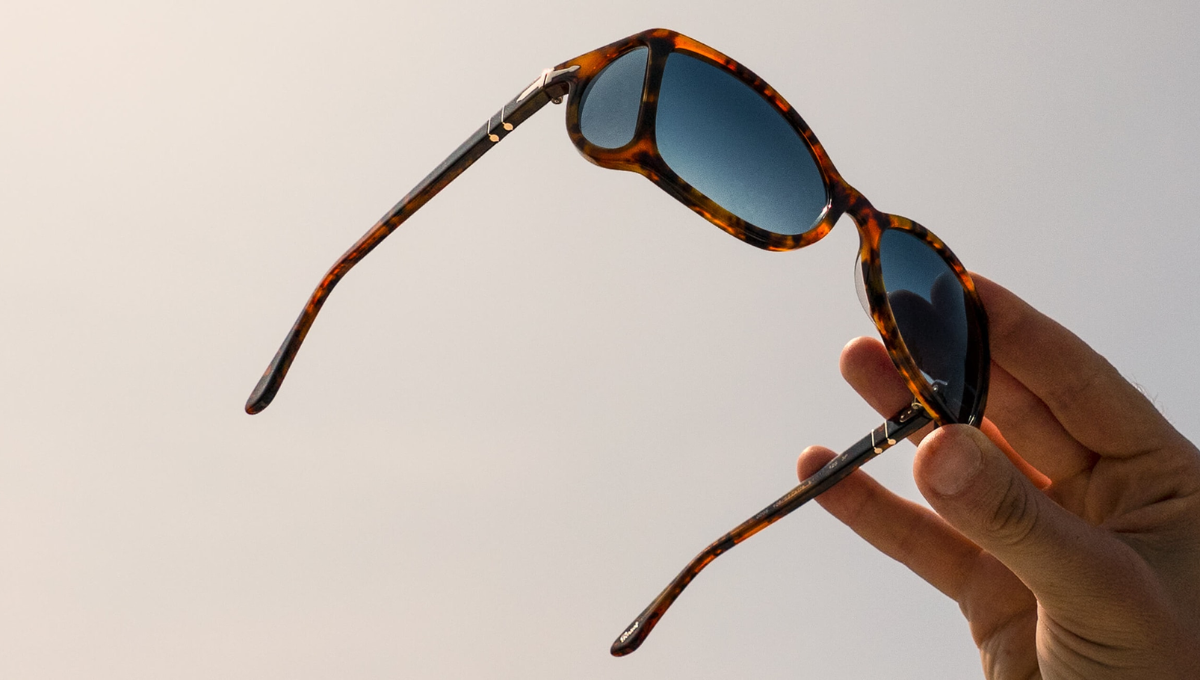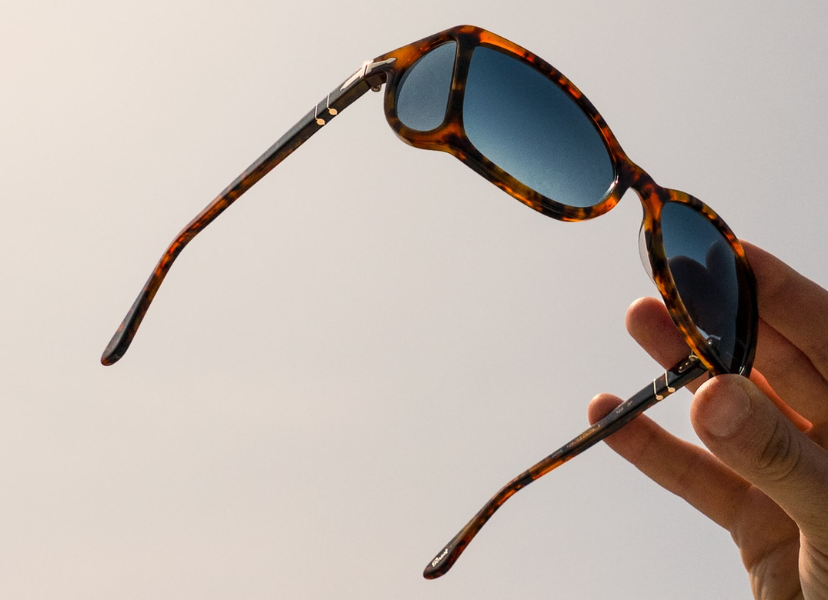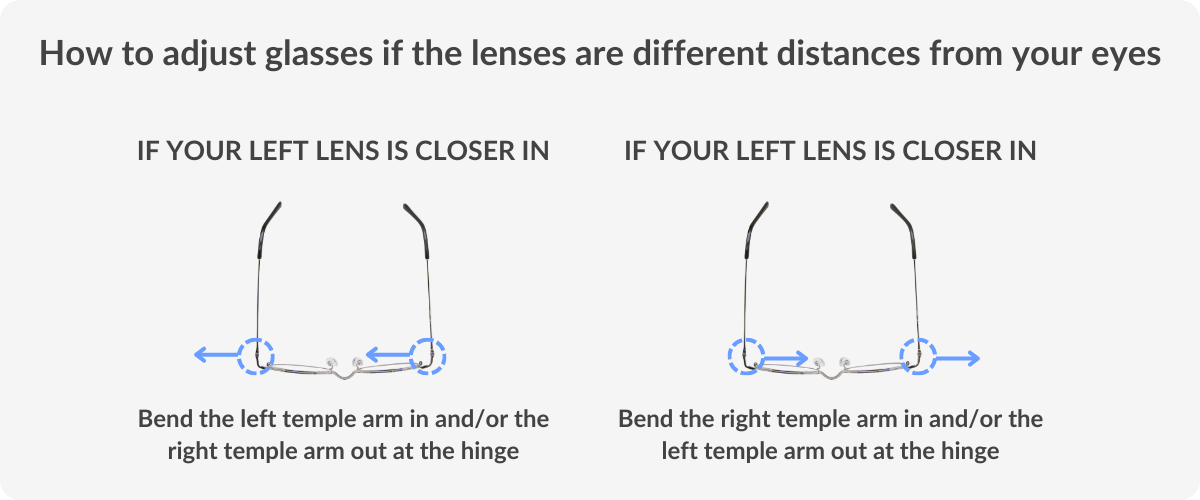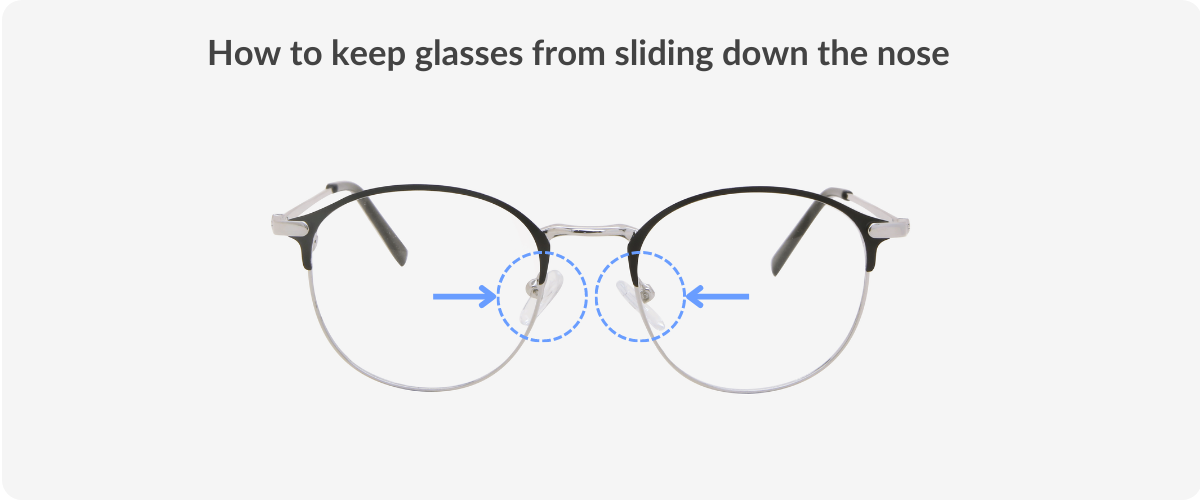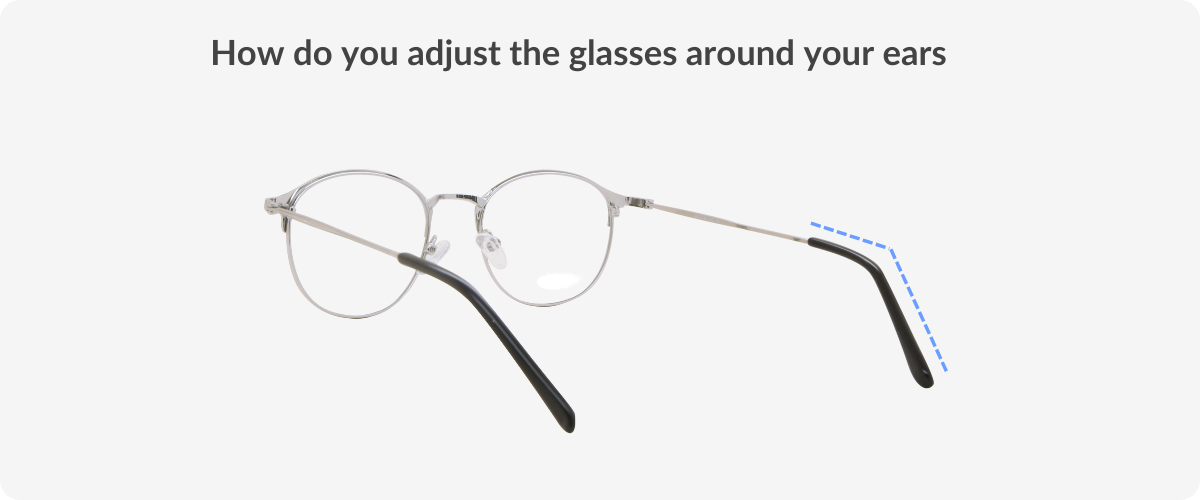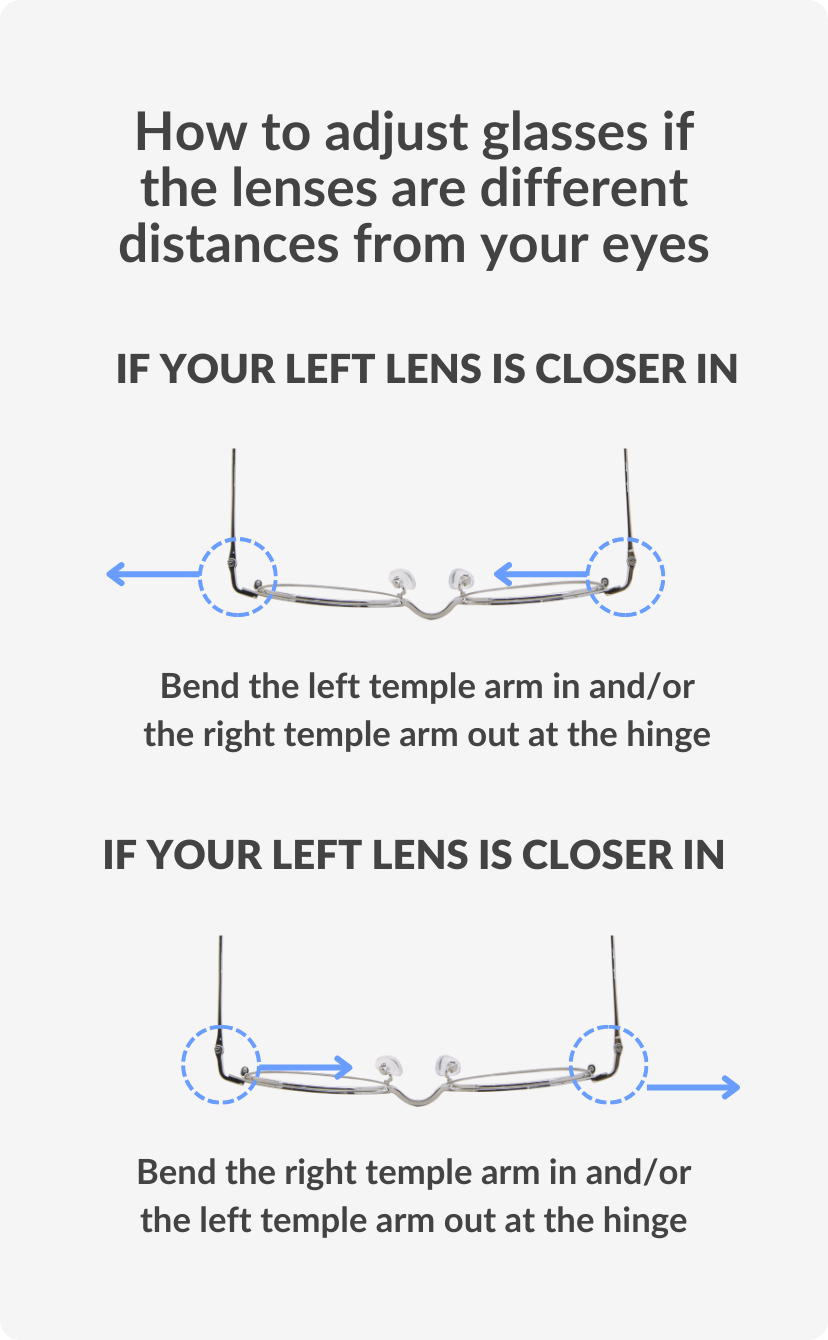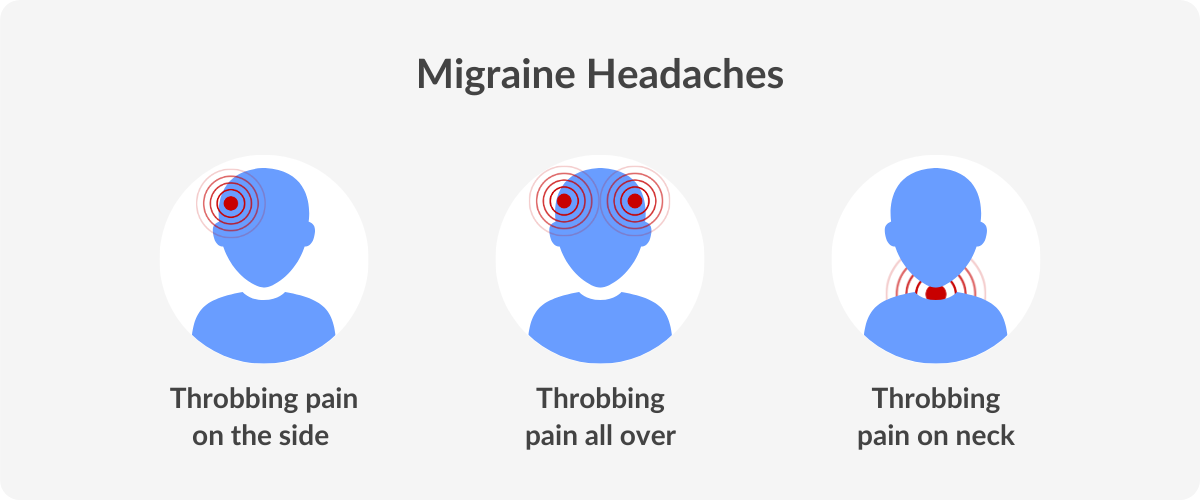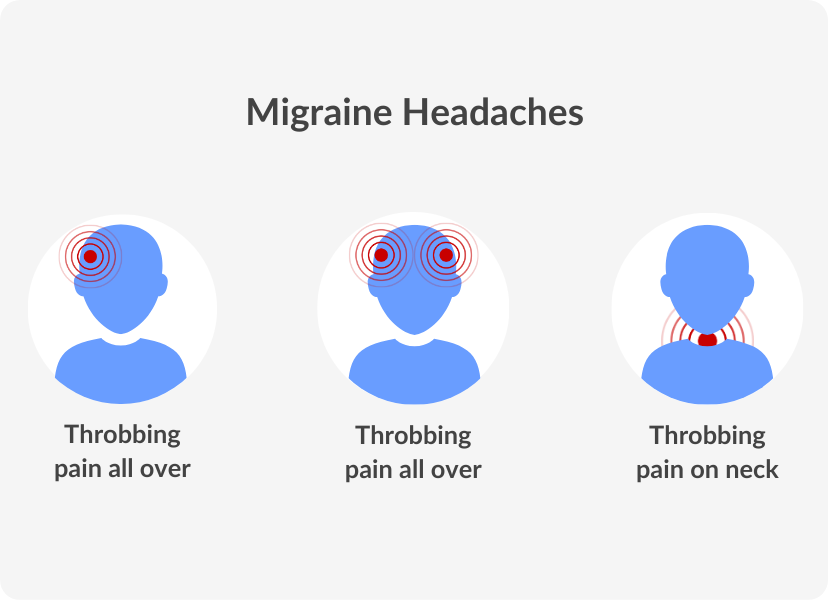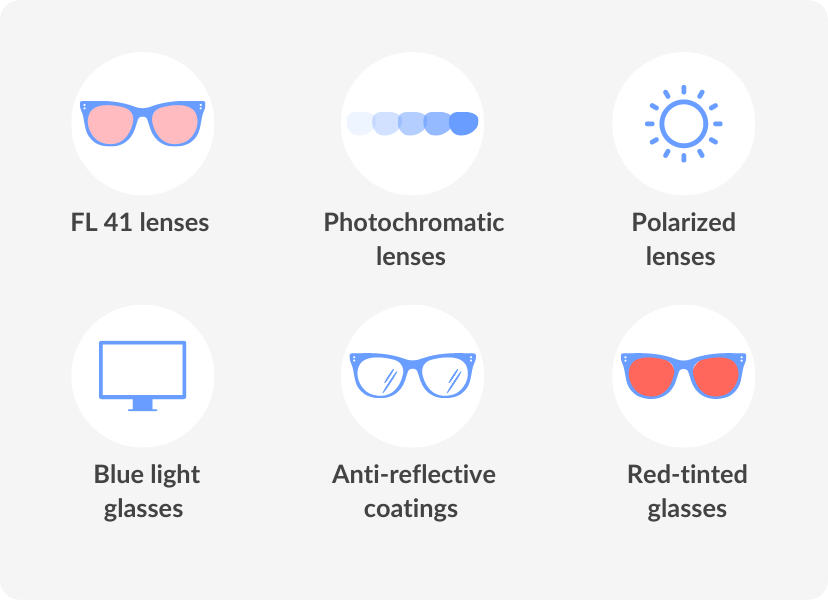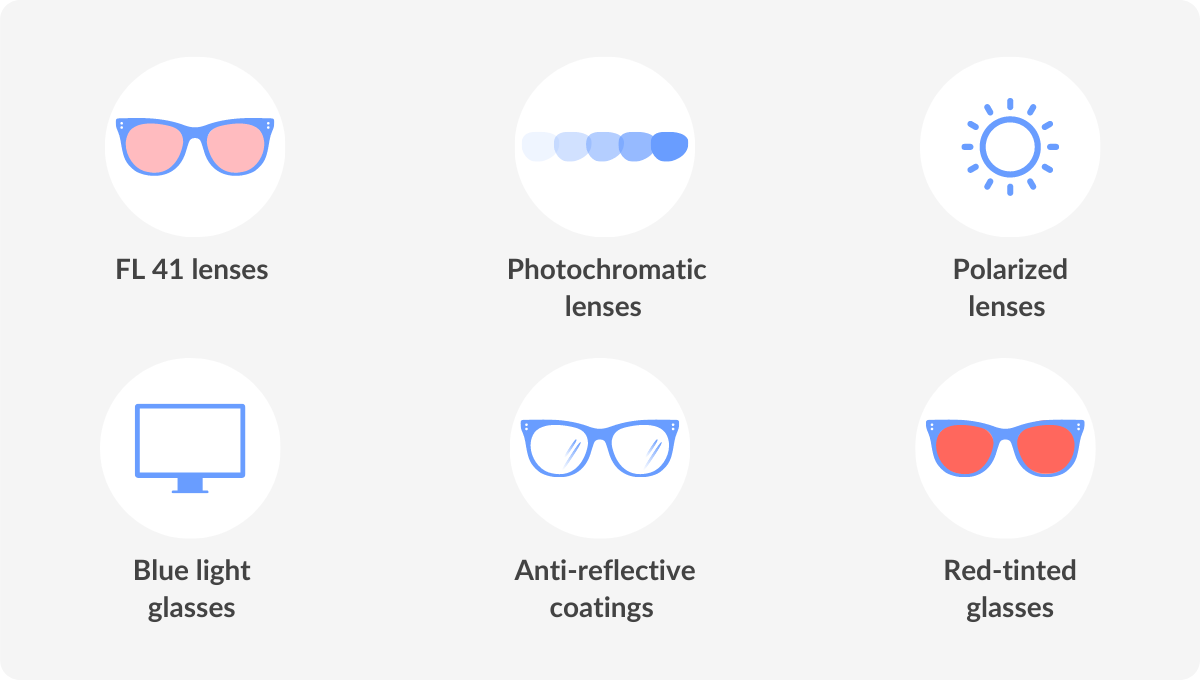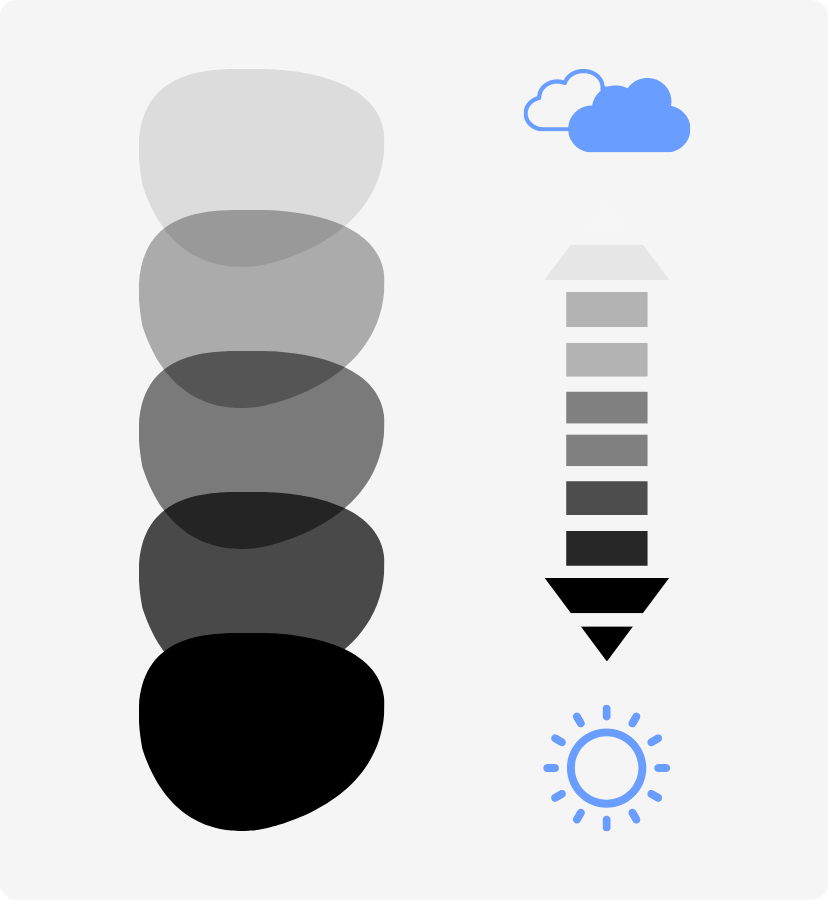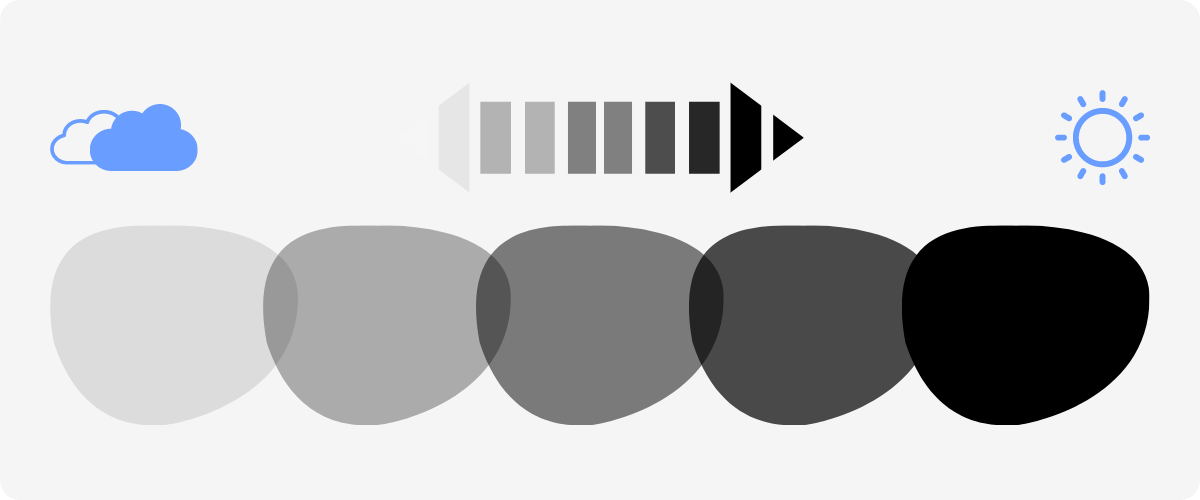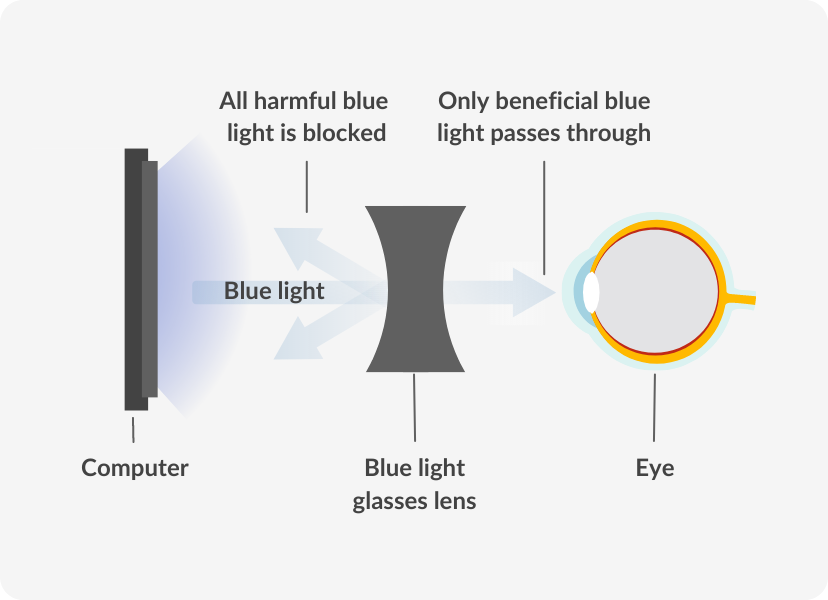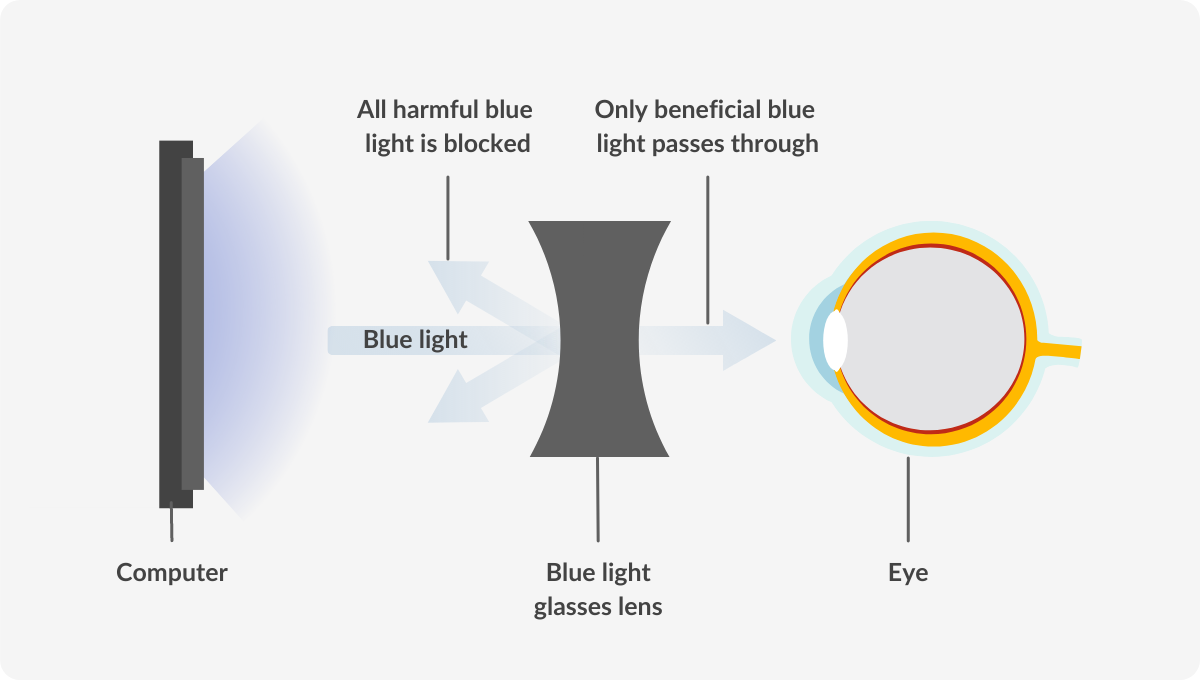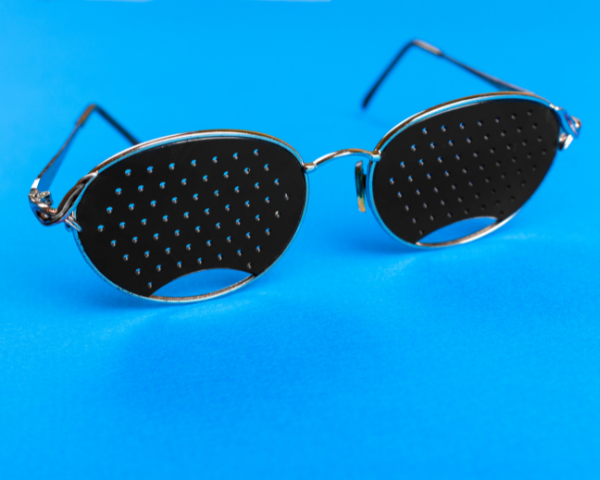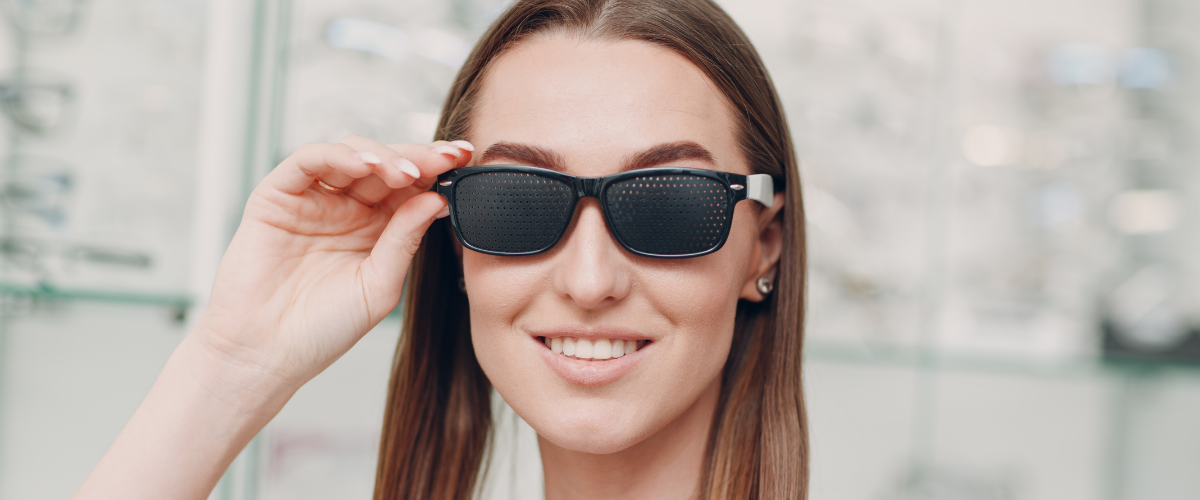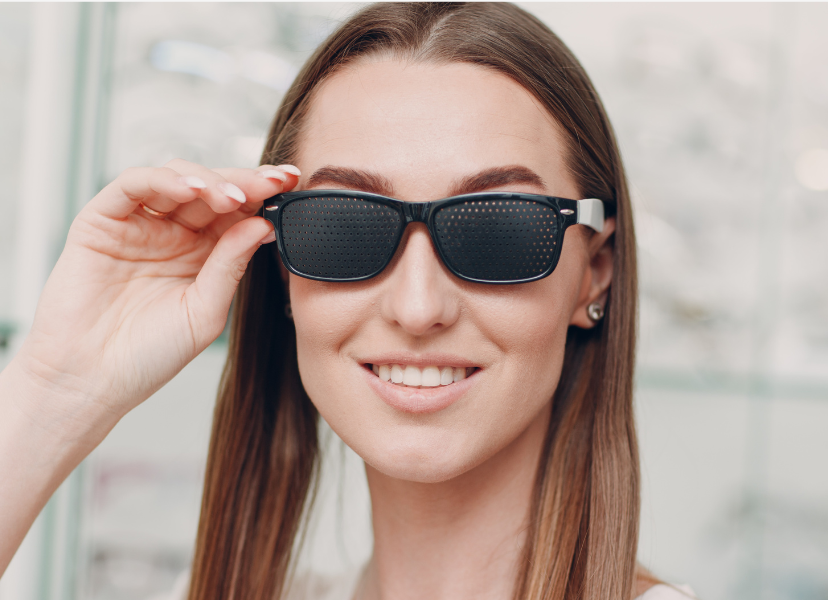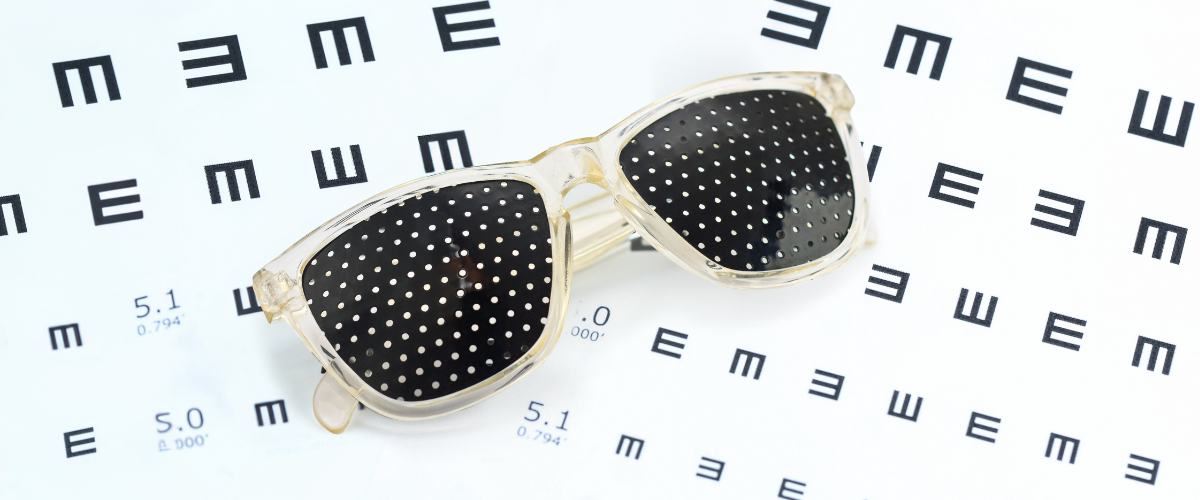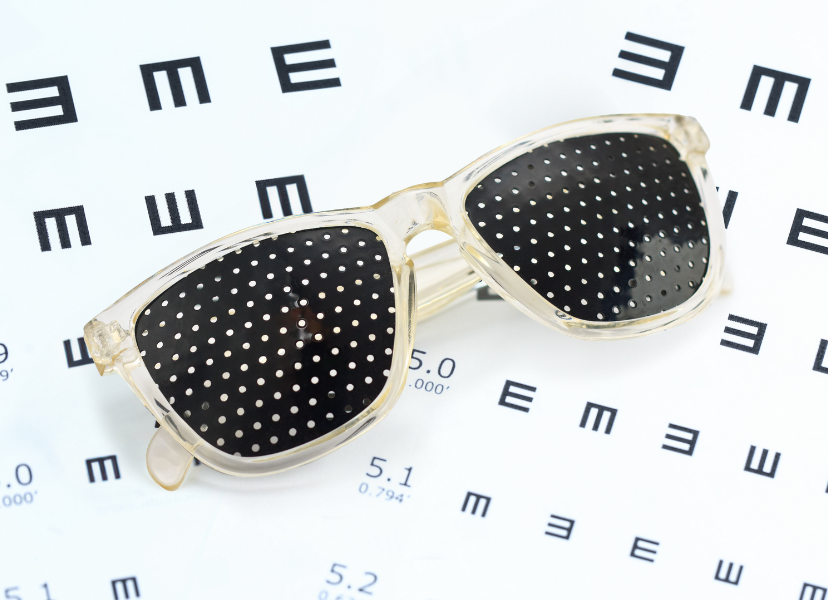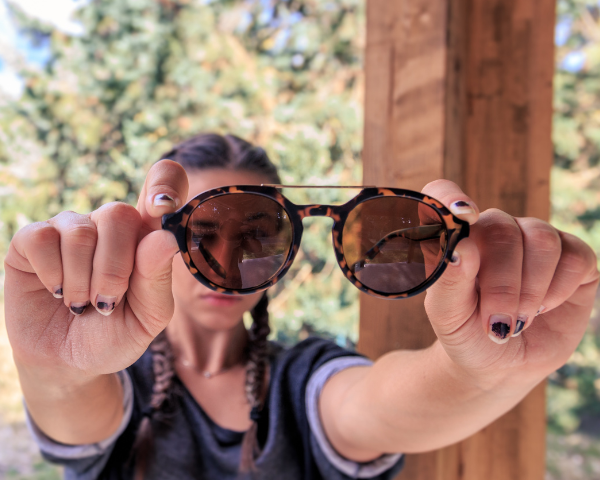Do Blue Light Glasses Help With Night Driving?

Reviewed by
Beck Jinette
Blue light glasses have become quite popular for those who use technology daily, which is likely most of us as we are living in a multi-screen era.
They help filter out the harmful blue light rays emitted from digital screens, offering protection from their negative effects
While we understand how they work to protect against screens and minimise blue light exposure, we have begun to question the other benefits of blue light glasses beyond the digital screen.
Driving at night can sometimes be stressful, with low levels of natural light combined with glare from high powered LED headlights.
It may be even more difficult for people who wear prescription glasses or suffer from vision issues – it’s no wonder why some people tend to stay off the road at night.
With increased exposure to blue light on the road with LED headlights and street lamps, what if the blue light glasses we reach for at our computer screens could also help us drive at night?
What are blue light glasses?
Blue light-blocking glasses are exactly what they sound like; they’re glasses that have special lenses with a blue light filter that help with preventing blue light coming from digital screens from passing through the lens.
This reduction in exposure to blue light allows us to concentrate further reducing eye fatigue or digital eye strain.
Blue light is a part of the visible light spectrum that produces short and high-energy waves, and can be seen by the human eye.
Although our eyes can see blue light, they cannot effectively filter it, allowing more light to pass through.
Some blue light filters result in slightly yellow tinted lenses, which block the harmful blue light rays from passing through the lens and into the eye.
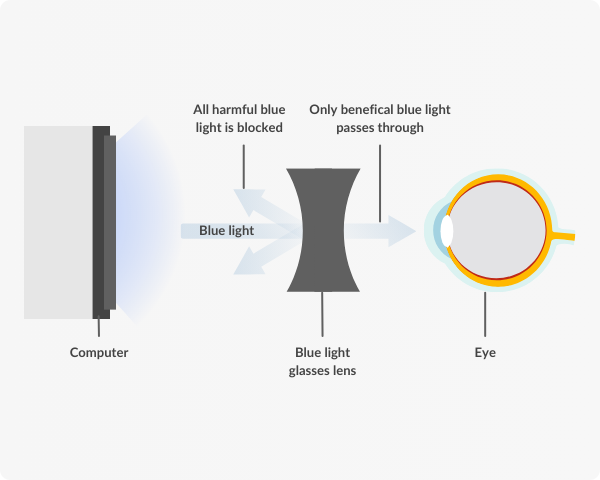
Blue light blocking glasses have become quite popular among those who use technology daily, which is most of us.
Blue light blocking lenses help filter the harmful artificial blue light rays emitted from digital screens and digital devices.
While we understand how they work to protect against screens, we’ve begun to question the other benefits of wearing these glasses.
Blue light glasses and night blindness
Clear visibility is an integral part of safe driving for all involved: drivers, passengers and pedestrians.
With the low levels of natural light in the evenings, we have to compensate with car headlights, street lamps and other bright lights in order to see.
However, with the use of these artificial light sources comes an increase in glare, which greatly impacts our visibility while on the road.
People with night blindness (nyctalopia) have difficulty seeing at night, including nighttime driving.
Nyctalopia makes it difficult for the eye to adjust to low-light environments causing blurred vision, cloudy vision, sensitivity to bright light or difficulty seeing into the distance.
Night blindness is not a condition itself, but a result of existing eye conditions, which presents differently depending on the underlying issue. Some common causes of night vision problems include:
- Glaucoma
- Cataracts
- Nearsightedness (myopia)
- Vitamin A deficiency
Similar to how blue light glasses filter light, night driving glasses have yellow-tinted lenses intended to block blue light coming from artificial light sources, reduce headlight glare and to improve visibility in low light conditions while on the road.
For those who experience night blindness, blurry vision, digital eye strain or other vision impairments, these lenses might not completely restore the ability to drive safely under certain circumstances.
Blue-light blocking glasses can help reduce eye strain and fatigue when driving at night, allowing for a more comfortable journey.
Although they may offer some relief from uncomfortable symptoms like headaches caused by prolonged exposure to bright lights after dark, you should consult your doctor to discuss what may be causing you to experience these symptoms.
Do blue light glasses work for night driving?
Car headlights and most street lights are now made with LED lights which emit high levels of blue light.
This can make driving at night challenging because of the blue light glare these bulbs cause, and when combined with existing vision issues, can make driving at night dangerous.
Simple blue light glasses may reduce glare and filter blue light from these LED lights.
Although many who wear blue light glasses claim that they have reported seeing positive effects on their overall health, there is no direct link showing that wearing blue light glasses or night driving glasses work to improve low-light visibility.
What type of glasses help with nighttime driving?
Although clear blue light glasses or yellow lenses may not be the best option for night driving, there are still other options to help improve our vision at night.
A great option might be to add an anti glare coating, or anti-reflective (AR) coating, to your next pair of prescription glasses.
While regular prescription lenses allow 92% of light to pass through the lens, anti glare coatings allow 99.5% of light to pass through, reducing the amount of reflections on the lenses.

Although they don’t filter high energy blue light, this reduction of reflections on your lenses in turn reduces the glare of oncoming headlights more effectively than yellow tinted glasses and blue light lenses.
This anti-reflective coating can also be applied to sunglasses allowing you to further reduce glare and protect your eyes from natural blue light like UV light and brightness from the sun during the day.
How can I improve my vision while driving at night?
Some ways to improve your vision while driving at night include:
- Clean your glasses regularly because smudges can worsen glare.
- Keep your windshield clear of all debris and streaks – dust and streaks can amplify the glare from light sources.
- Try to keep your dashboard lights dim to reduce eye strain.
- Utilise headlights to increase visibility, and keep them clean and fog free as this can dim their brightness.
- Avoid looking directly at oncoming headlights.
- Schedule regular check ups with your eye doctor to keep your prescription for your eyeglasses up-to-date, and catch any other issues that may occur.
The best solution might not be the same for everyone, and will depend on your overall eye health, needs and preferences, so it’s important to speak with your eye doctor immediately if you have trouble seeing or driving at night.
For more information, check out our Optical Centre where you can find more informative articles about wearing blue light glasses and anti-reflective lenses, or speak to one of our certified opticians.





































